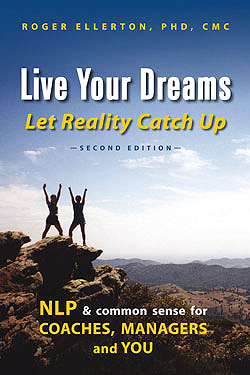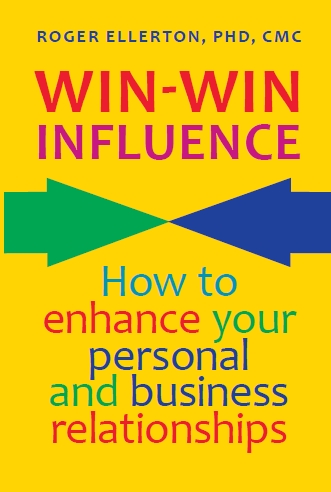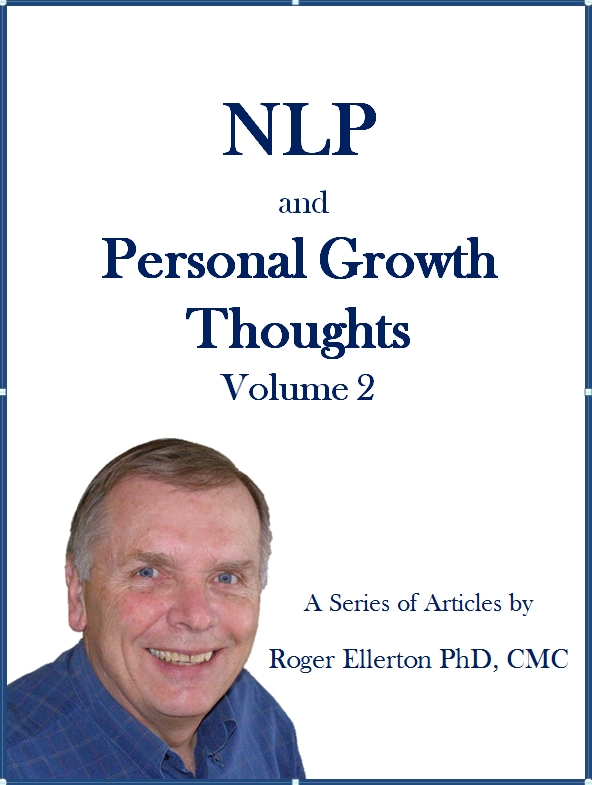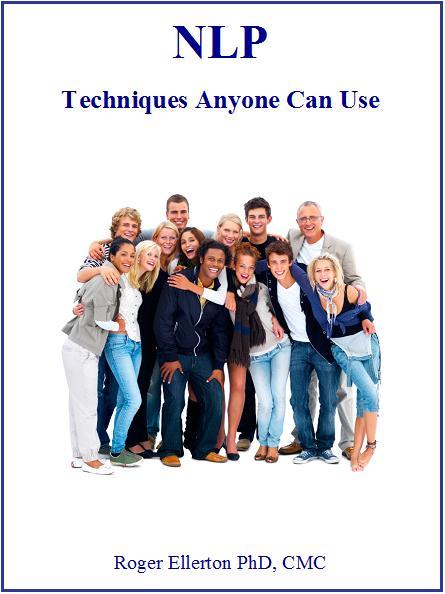NLP Submodalities
By Roger Ellerton Phd, ISP, CMC, Renewal Technologies Inc.
This article may not be republished without written permission from Roger Ellerton/Renewal Technologies Inc. If you republish this article without permission, you will be in violation of copyright law and sent an invoice. You may share this and other pages with your friends by linking directly to this page from your website or blog.
Modalities and Submodalities
We have five basic senses: visual, auditory, kinesthetic, olfactory and gustatory. In NLP, these are referred to as representational systems or modalities. For each of these modalities, we can have finer distinctions. We could describe a picture as being black and white or colour, or it could also be bright or dim. Sounds could be loud or soft, or coming from a particular direction. Feelings could be in different parts of the body or have different temperatures. Smells could be pleasant or offensive, strong or light. Taste could be sweet or bitter or strong or mild. These finer distinctions are called submodalities and define the qualities of our internal representations. Generally, we work with only three modalities - visual, auditory and kinesthetic. However, you may be working with a client on an issue where the olfactory or gustatory submodalities play a major role e.g. a food issue or someone who is a chef. In this case, you will need to take olfactory or gustatory into account. People have known about and worked with submodalities for centuries. For example, Aristotle referred to qualities of the senses, but did not use the term submodalities.
Some of the more common submodalities are:
| Visual | Auditory | Kinesthetic |
|---|---|---|
|
Black & White or Colour Near or Far Bright or Dim Location Size of Picture Associated / Dissociated Focused or Defocused Framed or Unbounded Movie or Still If a Movie: Fast/Normal/Slow 3 Dimensional or Flat |
Loud or Soft Near or Far Internal or External Location Stereo or Mono Fast or Slow High or Low Pitch Verbal or Tonal Rhythm Clarity Pauses |
Strong or Weak Large Area or Small Area Weight: Heavy or Light Location Texture: Smooth or Rough Constant or Intermittent Temperature: Hot or Cold Size Shape Pressure Vibration |
The visual submodality Associated/Dissociated is very important and refers to whether or not you can see yourself in the picture (visual internal representation). You are associated if you can not see yourself in the picture. Often we refer to this as 'looking through your own eyes'. If you can see yourself in the picture, then we say you are dissociated.
If you are associated in a memory, then your feelings (happy, sad, fearful) about that memory will be more intense. If you are dissociated, this is more like watching a movie of your life rather than being there (on the playing field) and any feelings will be less intense or not at all.
Illustrative Exercises
The following two exercises illustrate how submodalities work. You will be asked to make a picture in your mind (an internal representation). For some of us, the pictures we make in our minds are very clear. For others (and this includes me), the picture is not clear, and yet I have a sense of it being there and if I were asked questions about its qualities (submodalities) I would be able to give an answer. To keep the exercises simple, we will only work with the visual submodalities.
Exercise 1:
Get in a comfortable position, close your eyes and get a picture in your mind of someone you really enjoy being with. When you get this picture, notice the submodalities. That is, is it a bright or dim picture, where is it located, are you associated or dissociated, etc. Once you have done this, open your eyes and clear your mind by stretching and looking around the room. In NLP, this is called a break state.
Now close your eyes and this time get a picture in your mind of someone you do not enjoy being with. Notice the submodalities of this picture and I am sure that you can identify several that are different from the picture of someone you enjoy being with. Once you have done this, break state by stretching and looking around the room.
Generally, we tend to have similar submodalities for the internal representations of people we enjoy being with. The submodalities of the internal representations of people we do not enjoy being with will also be similar submodalities and in some way different from the submodalities of people we enjoy being with. This sameness and difference in submodalities allows us to code our experiences and give meaning to our past and future memories (internal representations).
Submodalities are fun and easy to play with. For example, if the internal representation of someone you do not enjoy being with is large, and up close (i.e. 'in your face'), what do you think would happen if you made the picture smaller and pushed it away to a comfortable distance? I suspect you would not necessary end up liking this person, however you may find them not so overbearing.
Exercise 2:
For this exercise, I would like you to close your eyes and think of a time when you were very happy. Once you have this picture, make it very dark, shrink it down to a small picture and push it far away. When you did this, what did you notice about your feelings of happiness? Reduced or disappeared? You have just learned a great way to remove happiness from your life - take all your happy memories and make the pictures very dark, small and far away. Of course, I am joking. However, there are some people who tend to discount their happy memories by making them darker, smaller and further away, while making their unpleasant memories big and bright and close. And how do you think they live their lives?
These two examples illustrate that the submodalities you use to store your memories (past and future) give meaning to your memories. We can not change an event that has already happened, however by adjusting the submodalities of the memory we can change how we perceive it and respond to it. This is also true for future events.
Submodalities Key Building Blocks of NLP Techniques
Submodalities are key components to many of the NLP change techniques. Submodalities, by themselves or as part of other techniques, have been used to assist people to stop smoking, eat more of certain foods and less of others, address compulsion issues, change beliefs and values, enhance motivation, move from stress to relaxation, address phobias, etc.
And NLP is Much more than that!
Author: Roger Ellerton is a certified NLP trainer, certified management consultant and the founder and managing partner of Renewal Technologies. The above article is based on his book Live Your Dreams Let Reality Catch Up: NLP and Common Sense for Coaches, Managers and You.
Copyright © 2005, 2015 Renewal Technologies Inc. All rights reserved.








